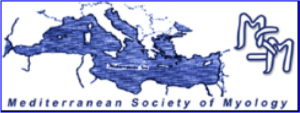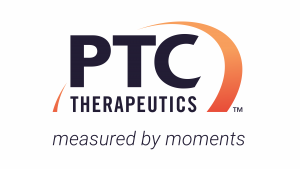Drug-induced myopathies are a group of disorders whose importance lies in the fact that they are potentially treatable and usually reversible if the causative agent is identified and withdrawn. A wide variety of medications used in many different branches of medicine have been recognised as causing muscle adverse effects, ranging from myalgia and asymptomatic hyperCKaemia to severe weakness and at times fatal rhabdomyolysis. There has been increased awareness of these complications since the introduction of the 3-hydroxy-3-methylglutaryl coenzyme A reductase inhibitor group of drugs (statins) in the 1980s, and their subsequent association with a range of necrotising and immune-mediated inflammatory myopathies and muscle symptoms. More recently, since the introduction of the immune checkpoint inhibitors for the treatment of advanced malignancies, it has been increasingly recognised that these drugs also have a propensity to induce or exacerbate a variety of immune-mediated myopathies, neuropathies, myasthenic disorders and atypical overlap syndromes, and it is anticipated that these complications will become even more prevalent with increasing use of these medications in the future. This review focusses mainly on these two groups of drugs, and on cytokine-based therapies and VEGF inhibitors which have also been implicated in the induction of immune-mediated inflammatory myopathies.






